How to make mushroom pȃté with Chantelle Nicolson
Here's how to make the most delicious mushroom pȃté, using a variety of mushrooms and no animal products, by chef Chantelle Nicholson...
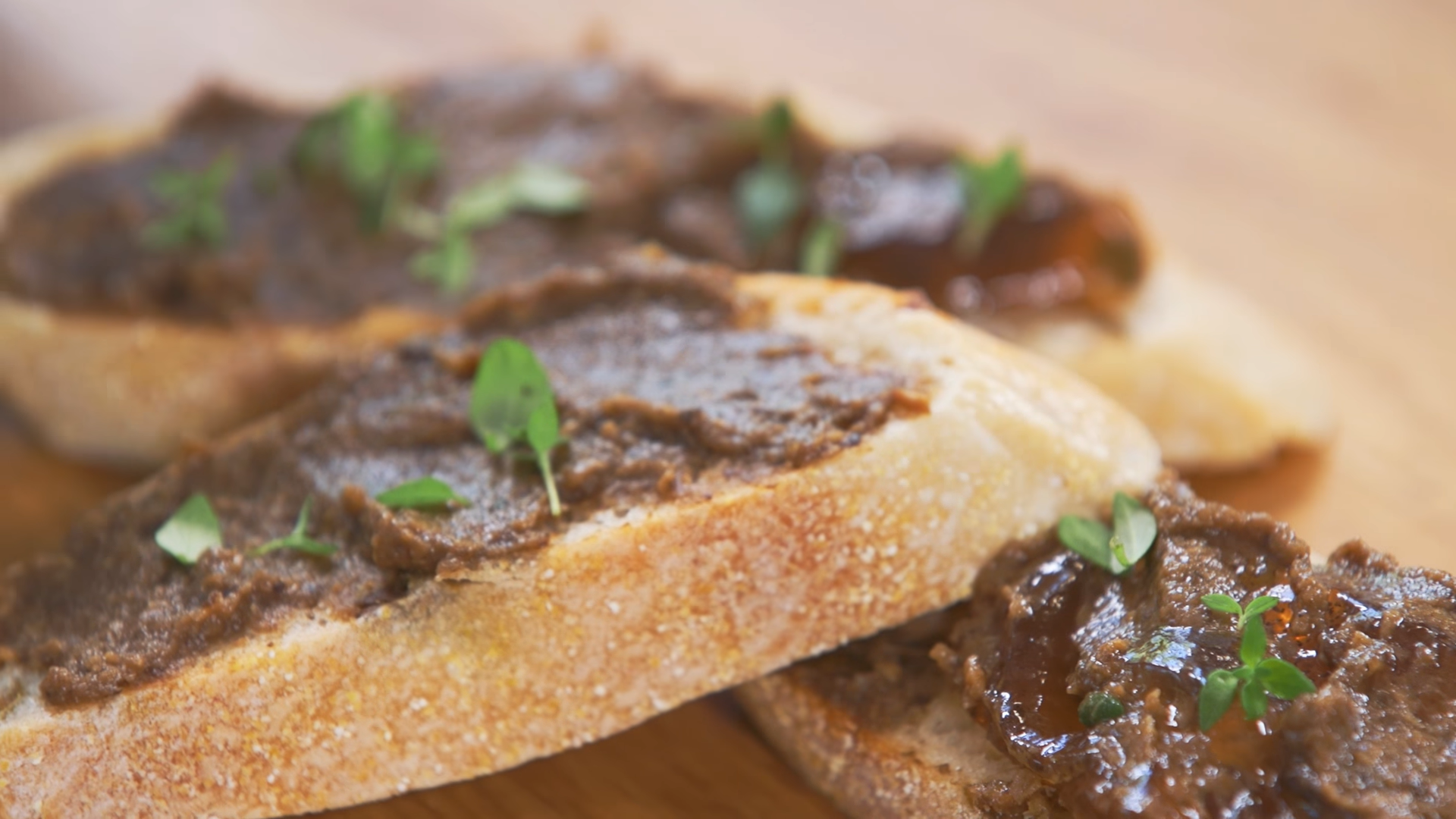

Rosie Conroy
Mushroom pȃté is the perfect vegetarian starter served with delicious crusty bread. Here chef Chantelle Nicholson, originally from Tredwell’s restaurant, now the owner of Apricity Restaurant in Mayfair, shows us how to make her signature recipe.
"Fermenting is the best technique you can use to create a pȃté, as it enhances the savouriness and overall flavour of its ingredients," says Chantelle Nicholson. In this recipe, the fermentation intensifies the umami flavour of the mushrooms, which are then turned into a delicious spread.
"The Lapsang Souchong jelly that is used to layer on top of the base of your pȃté provides this wonderful smokiness to it, which when combined together makes a beautiful combination of earthy flavours," adds Chantelle.
This specific recipe is ideal for a dinner party starter and serves eight people. If feeding more or less, simply adjust the ingredients to how many you are feeding. Chantelle serves this delicious pȃté with toast but we think some tasty crusty bread or crackers would be perfect with it too.
Preparation: This simple recipe requires patience to make and can take a few days in total. This is a recipe that also has to be prepped ahead of time as it needs at least 3 days to ferment so it has the best flavour.
Once you have made the base of your pȃté, you must store your mixture in a big mixing bowl and cover it tightly with cling film and wait patiently for it to ferment for at least 3 days.
After blending your pȃté, you will need to set it in your fridge for two hours and make your Lapsang Souchong jelly in the meantime. Finally, once your Lapsang Souchong jelly is ready, you must set your pȃté for another couple of hours in the fridge then voila, your delicious pȃté is ready to be served.
GoodtoKnow Newsletter
Parenting advice, hot topics, best buys and family finance tips delivered straight to your inbox.
Watch how to make the best mushroom pȃté
Ingredients:
- Chestnut mushrooms
- Fresh thyme
- Shallots
- Madeira
- Olive oil
- Rice milk (any non-dairy milk; almond, oat etc.)
- Salt and pepper
For the Lapsang Souchong jelly:
- 250ml boiling water
- Lapsang Souchong tea
- Maple syrup
- Madeira
- Vege Gel
- Fresh thyme leaves
How to make mushroom pȃté
Step 1
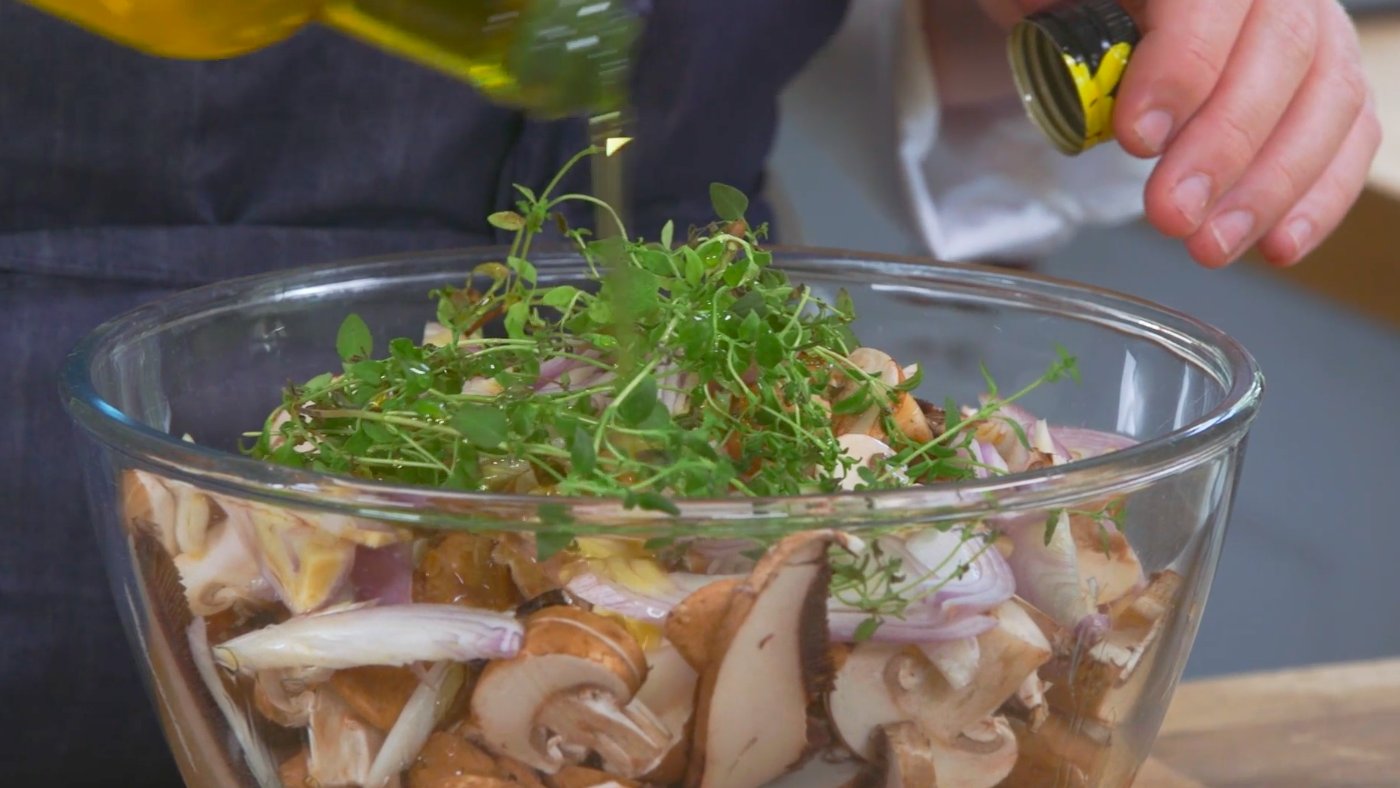
Place all ingredients for the mushroom pȃté in a large mixing bowl. Using your hands, mix everything together and massage the mushrooms so they begin to break down. Place in a glass jar and pack tight. Cover with clingfilm and leave at room temperature for 3 days.
Step 2
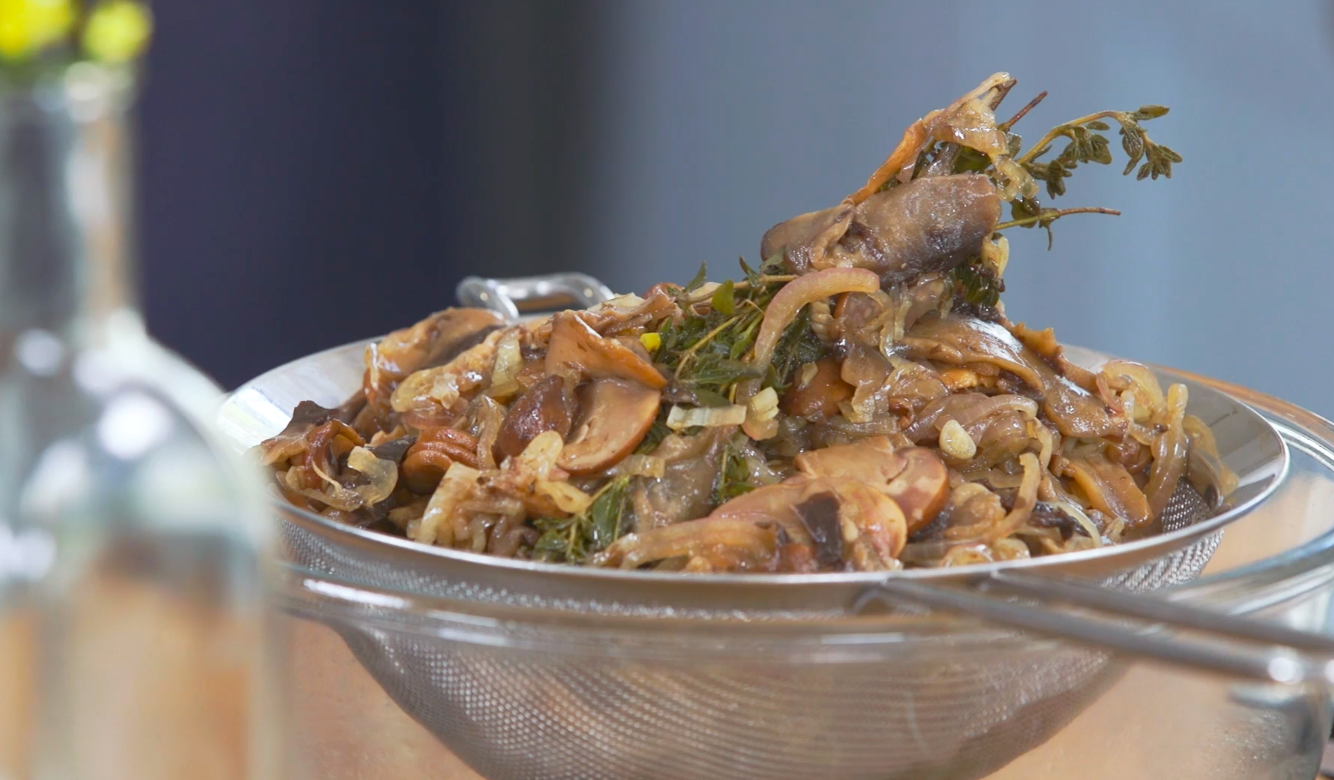
Pour the contents of the jar into a colander and allow the majority of the liquid to drain off, reserve the liquid and set aside. Heat the butter in a large saucepan over a moderate to high heat. Add the contents of the colander. Cook the mushrooms for 10 minutes until most of the liquid has evaporated. Add the reserved liquid from the fermentation and cook for a further 10 minutes.
Step 3
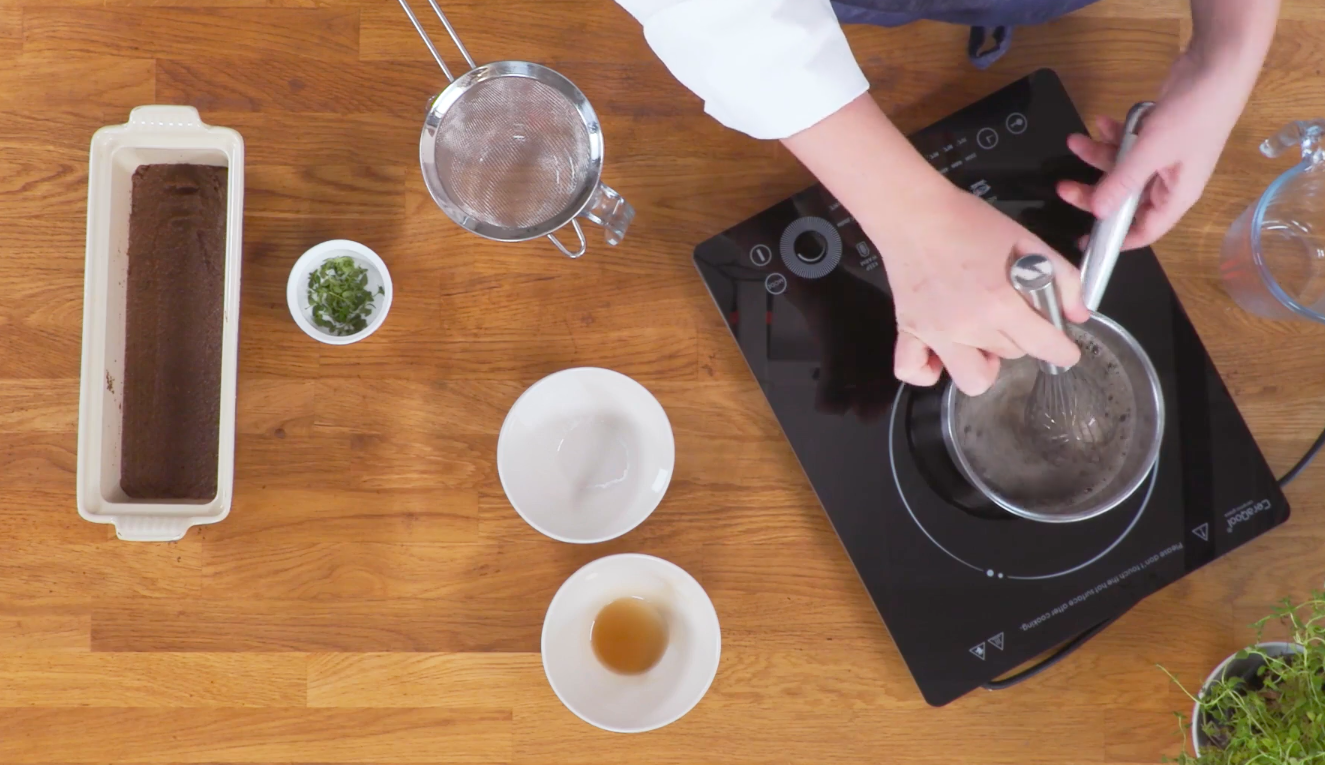
Remove the thyme stalks from the pan then place the contents of the saucepan into a blender. Blend until smooth and transfer to a dish, approximately 19cm x 12cm. With the back of a spoon, or knife, smooth the top and place in the fridge for 2 hours.
Step 4
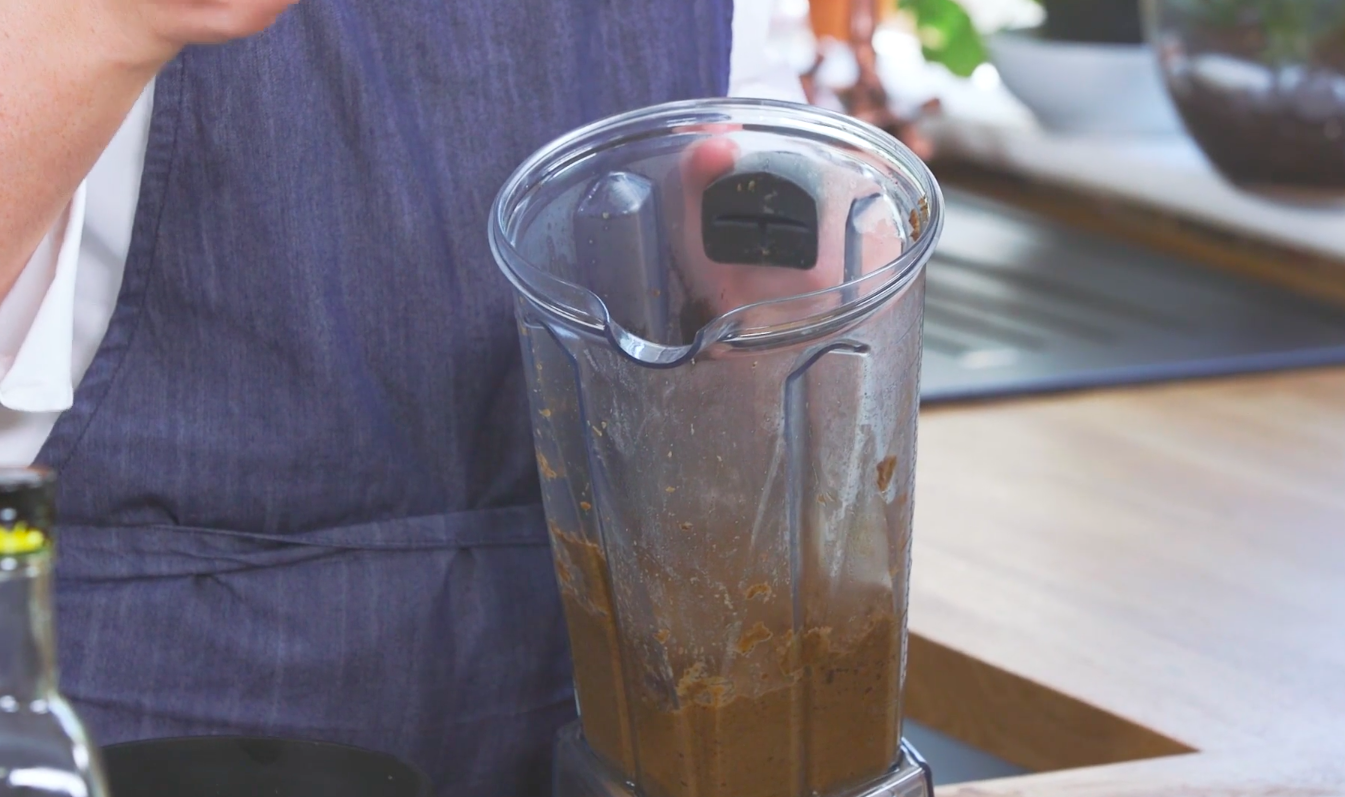
For the jelly, bring 250ml water to the boil. Add the tea and Vege Gel, whisk well and leave to sit for 6 minutes. Whisk well then strain through a fine sieve. Add the Madeira and maple syrup.
Step 5
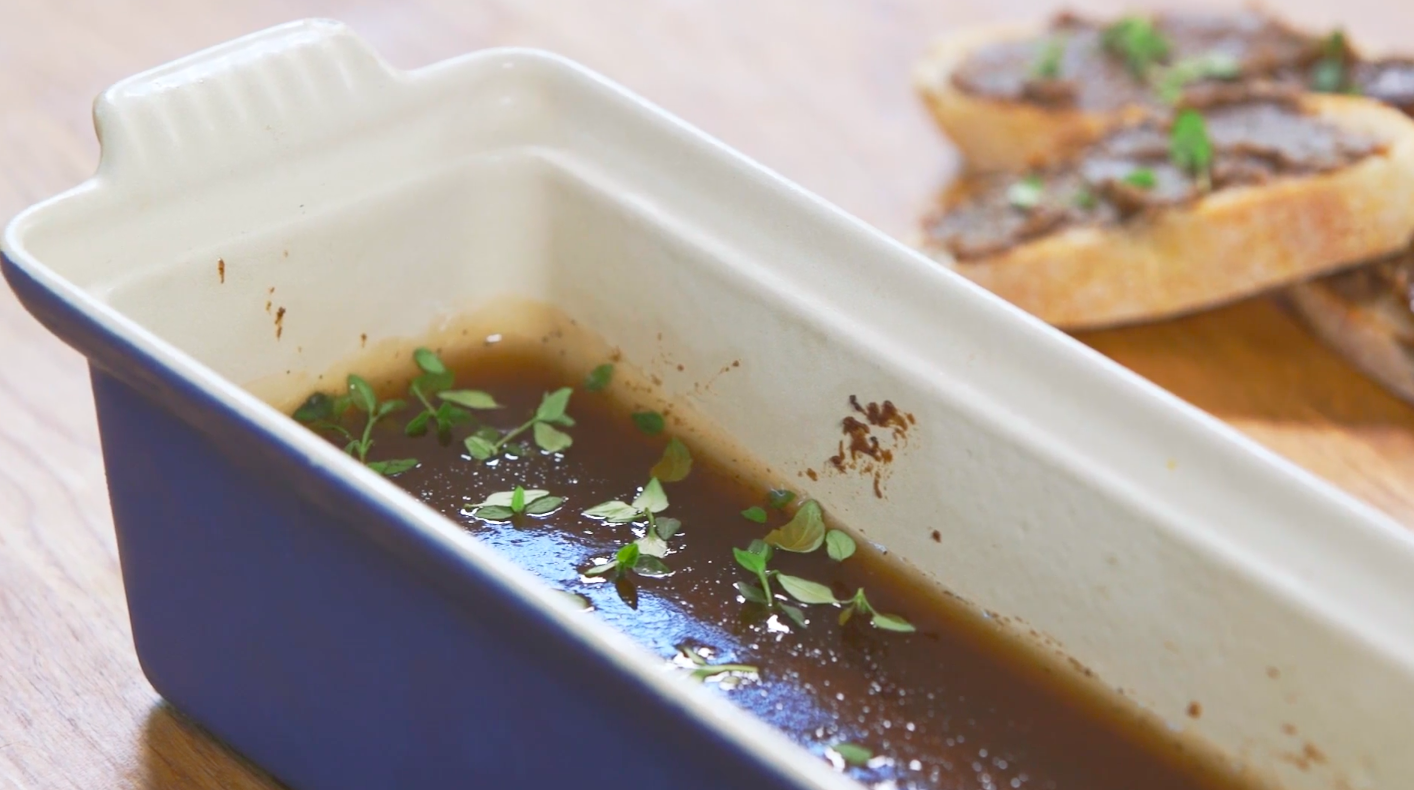
Remove the pȃté from the fridge and carefully pour the jelly on top. Pick the leaves from the reserved thyme and place on top of the jelly. Refrigerate for a further hour, then serve.
FAQs about making homemade pȃté
Is pȃté healthy?
Pȃté is a spread that is better eaten in moderation, due to it having higher fat content. However, it also has some great micronutrients in it. The first is iron, which can help to increase your energy on a daily basis as well as vitamin A and B-12, which can help to increase your immune system and support your nervous system.
Is it better to eat pȃté hot or cold?
Pȃté can be served hot or cold depending on the event. However, it is deemed more popular to eat pȃté cold, as when it is chilled its flavours are more poignant.
It is said that if you leave your pȃté to get to room temperature for an hour or two before serving that it will taste even better.
How do you serve pȃté?
Pȃté is the perfect light lunch or elegant appetizer. If you fancy it for lunch, simply spread it over some toasted crusty bread of your choice. Bread such as sourdough or toasted baguette would be perfect.
To serve as a starter, we suggest laying out a selection of sliced toasted baguettes and a range of different crackers for your guest to choose from. We also think pȃté is a great addition to an after-dinner cheese board.
How to store homemade pȃté
Despite your pȃté being homemade, it still tends to only have a shelf life of around a week if stored correctly in the fridge. The best way to make sure your pȃté stays fresh is to make sure you wrap your pȃté dish tightly in cling film before storing it in the fridge.
You can also store pȃté in the freezer for up to three months but we highly recommend freezing your pȃté in portions. This way you will only defrost how much pȃté you will need each time and will not end up with any leftover pȃté.
We recommend using small tins or trays that match the size of the pȃté portions you would eat each time. Also, we strongly suggest wrapping them in a few layers of cling film, as you do not want your pȃté to start absorbing other odours in your freezer.
Our best pȃté recipes
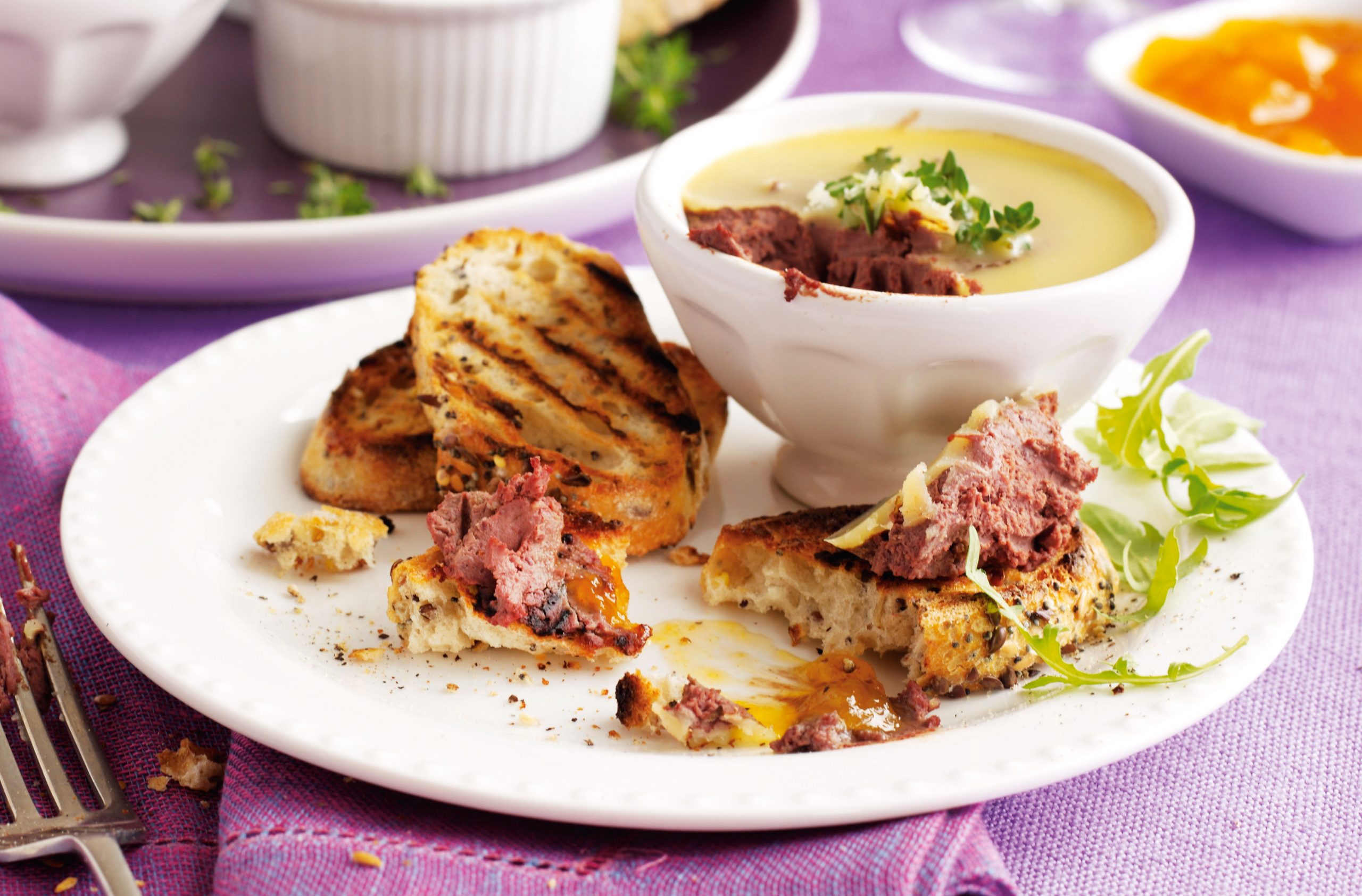
1. Chicken liver pȃté with brandy
This pȃté screams Christmas and we are all here for it. With its brandy twist, it is a mouth-watering spread with a warming kick.
Get the recipe: Chicken liver pate with brandy
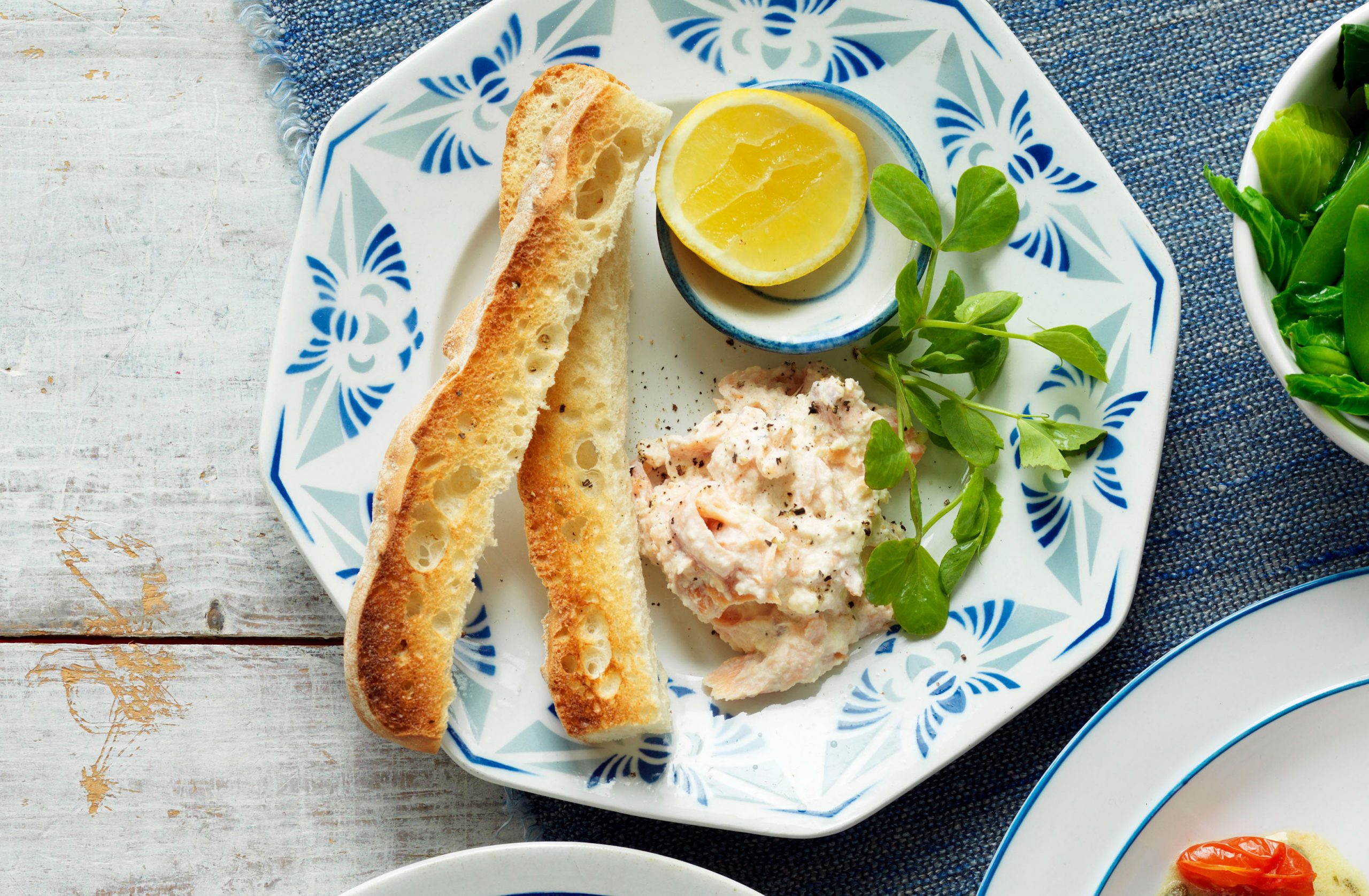
2. Trout pȃté
This creamy pȃté is super easy to make and is the perfect starter or side dish alongside some cheese and crackers. The soured cream and lemon beautifully cut through the trout to make a pȃté that is bursting with flavour.
Get the recipe: Trout pate
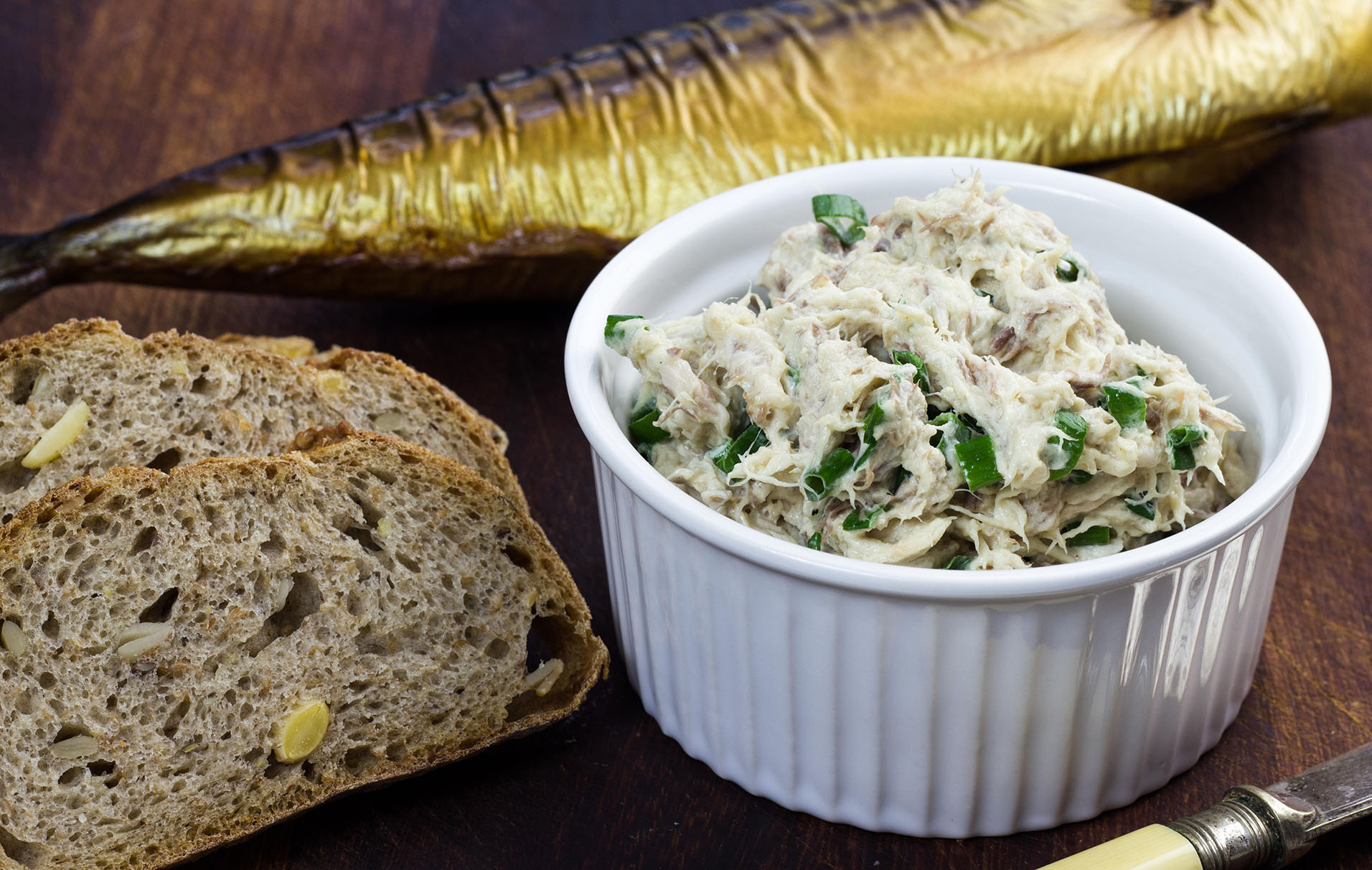
3. Smoked mackerel pȃté
Using only three ingredients and taking only 10 minutes to make, this creamy pȃté has a sweet and strong mackerel flavour to it that is perfect when paired with some fresh chives or dill.
Get the recipe: Smoked mackerel pate
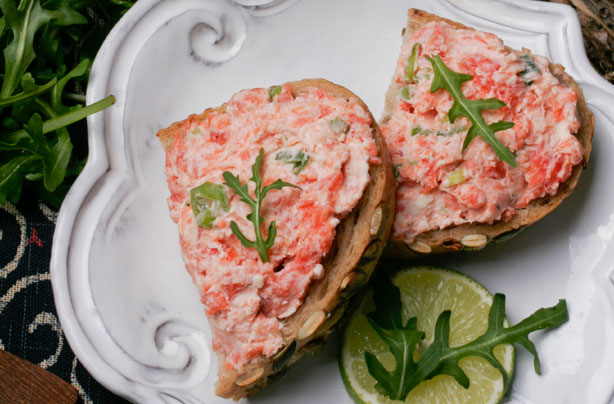
4. Salmon pȃté
Served on a beautiful crusty bread or crackers along with lots of rockets, it is a pȃté that is super easy to make and is a great starter or light lunch.
Get the recipe: Salmon pate
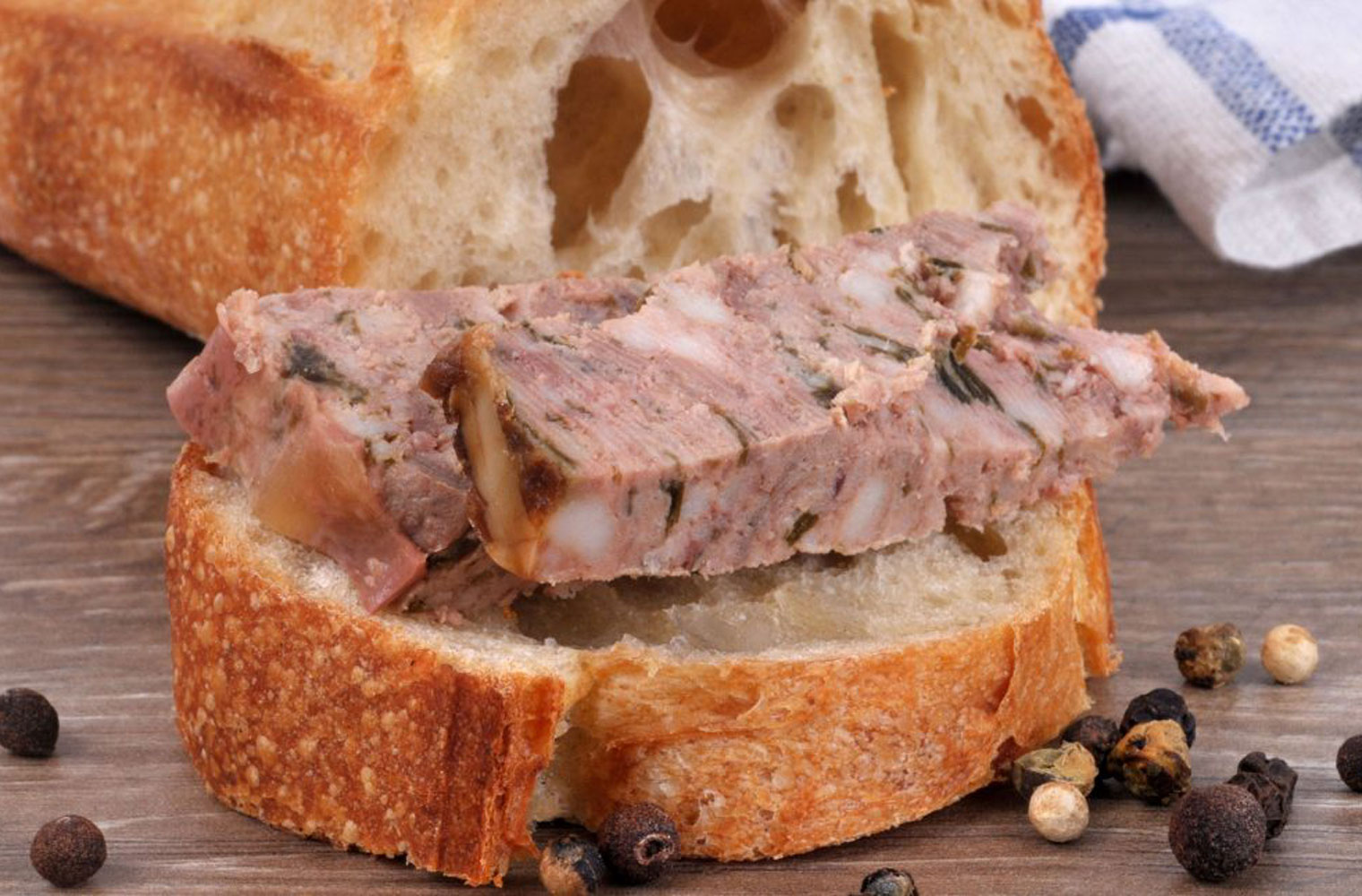
5. Three pork pȃté
Using fresh liver, pork, and bacon, this is the ultimate meaty pȃté. Flavoured with brandy, nutmeg, garlic, and sage, it's another perfect spread for your cheese board this Christmas.
Get the recipe: Three pork pate
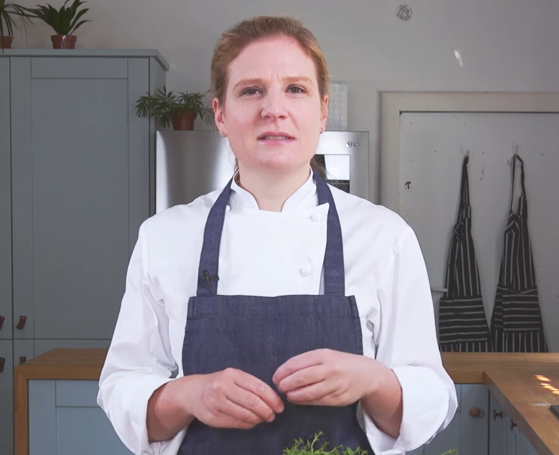
Born in New Zealand, Chantelle Nicholson grew up cooking with her two aunties who were incredible cooks and obsessed with tackling the most complicated recipes. By the age of nine, Chantelle knew how to make a creme fraiche and knew a culinary career was in sights. Despite her love for cooking, Chantelle was encouraged to pursue an academic route by her mother and train as a lawyer at university. However, while she was studying, Chantelle could not stay away from a kitchen too long and was waking up at 6am every Saturday morning to bake muffins for her local cafe. After finishing university, she got a job in the financial sector but after a year passing, she knew her career was meant to be in cooking. After winning an amateur cooking competition called Chef Search run by Gordon Ramsay in 2004, she was soon after offered a job in London at The Savoy by the head chef at the time Josh Emmet. She accepted right away, and made the move to London. Since then, Chantelle has become one of the leading female voices in hospitality and continues to champion plant-based cooking through both her restaurant Apricity Restaurant in Mayfair and her cookbook Planted. She also created a pandemic pop up restaurant called All's Well, which was opened in Hackney to preserve jobs. The restaurant during lockdown offered sustainable, seasonal bites and small plates as well as helped people keep their jobs. In all Chantelle's works, she promotes inclusive environments as well as sustainable and zero waste cooking.
Related Features:
How to make jam with Andrew Gravett
How to cook pardon peppers with Joe Howley
How to cook Spanish omelette with Joe Howley

Christina Geggus is Junior Food Writer at Goodto.com and enjoys writing about lifestyle, food, and recipes. After completing her Master’s in Magazine Journalism at Nottingham Trent University and her undergraduate degree in Communication & Society and Global Studies alongside receiving an NCTJ diploma, Christina has always set her sights on a career in journalism.
- Rosie ConroyFood Writer